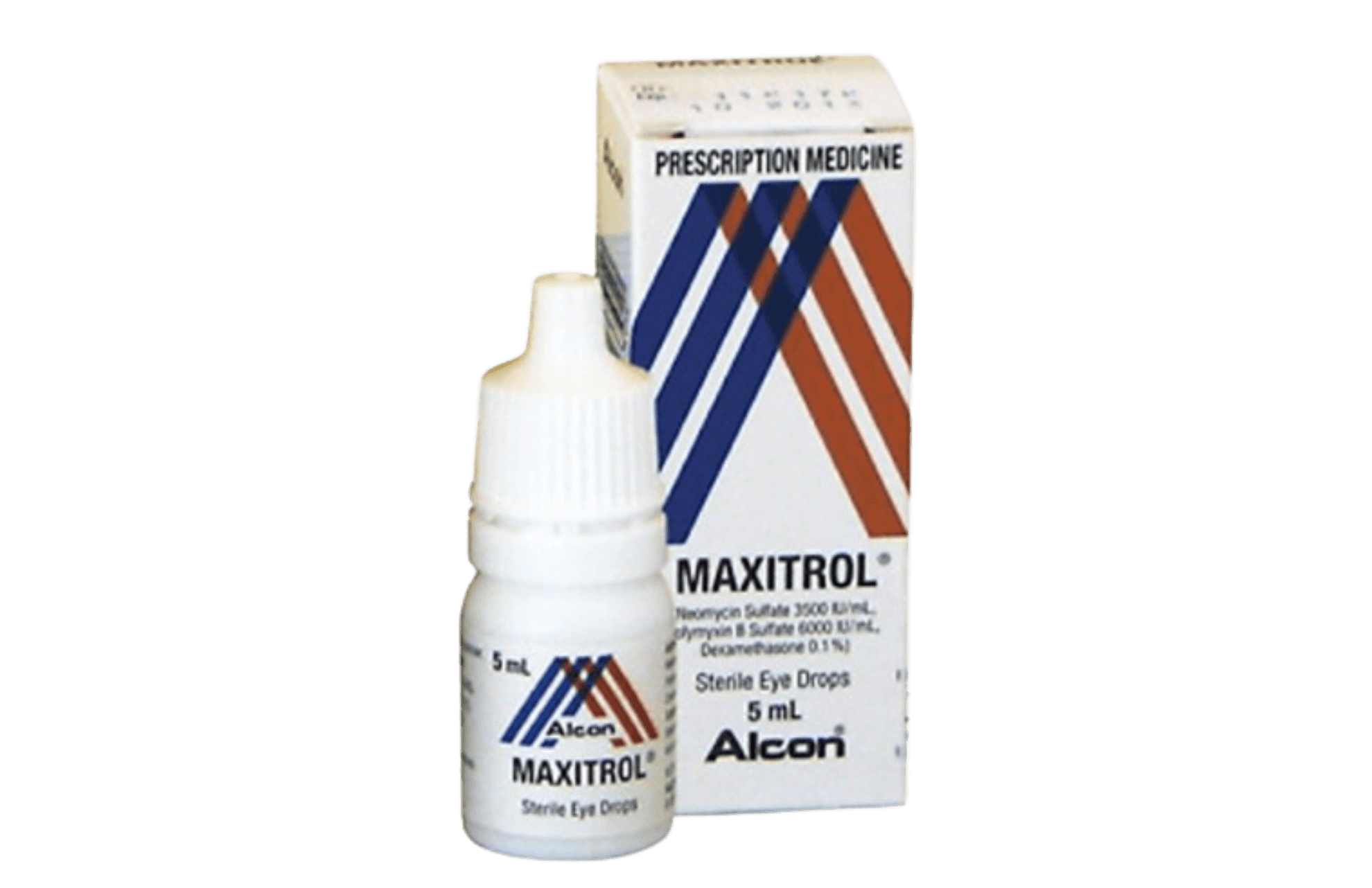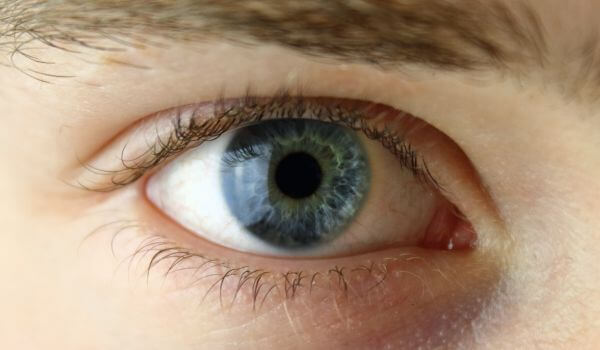Maxitrol Ophthalmic Suspension (
generics: dexamethasone, neomycin sulfate, polymyxin B sulfate) is a sterile eye drop formulation combining three active ingredients.
Dexamethasone is a corticosteroid that reduces inflammation; neomycin sulfate is an aminoglycoside antibiotic effective against a broad spectrum of bacteria. Polymyxin B sulfate is an antibiotic targeting gram-negative bacteria.
This combination is utilized to treat steroid-responsive inflammatory ocular conditions where bacterial infection or a risk of bacterial infection exists. The corticosteroid component addresses
inflammation, while the antibiotics combat or
prevent bacterial infections.
Conditions commonly treated with Maxitrol include
blepharitis (inflammation of the eyelids), conjunctivitis (inflammation of the conjunctiva), and keratitis (inflammation of the cornea). By addressing both inflammation and bacterial presence, Maxitrol aids in reducing symptoms such as redness, swelling, and discomfort associated with these ocular conditions.
Dosage
Always follow the prescribing physician’s instructions regarding dosage and duration of treatment. The typical dosing regimen for Maxitrol involves instilling one to two drops into the conjunctival sac of the affected eye(s). In severe cases, drops may be administered hourly, gradually tapering to discontinuation as inflammation subsides. For milder conditions, the drops are usually applied up to four to six times daily.
It’s important to shake the bottle well before use to ensure proper suspension of the ingredients. If a dose is missed, it should be administered as soon as possible. However, if it’s nearly time for the next dose, the missed dose should be skipped, and the regular dosing schedule should be resumed. Do not double-dose to make up for a missed dose. Consistent application at evenly spaced intervals maximizes the therapeutic effect.
Storage
Maxitrol should be stored upright at 8°-27°C (46°-80°F). It is essential to protect the suspension from bright light. Do not freeze.
The bottle should remain tightly closed when not in use to maintain sterility. Proper storage also ensures the medication’s effectiveness throughout its shelf life. For more information, please read our article on
drug storage.
Common Questions About Maxitrol
How long should Maxitrol be used?
The duration of treatment with Maxitrol varies depending on the specific condition and its severity. It’s crucial to follow the prescribing physician’s instructions regarding the length of use. Do not discontinue use prematurely, even if symptoms improve, without consulting your healthcare provider.
Can Maxitrol cause blurred vision?
Temporary blurred vision may occur after instilling Maxitrol. It’s advisable to avoid driving or operating machinery until clear vision is restored. If blurred vision persists, consult a healthcare professional.
Can Maxitrol be used during pregnancy or breastfeeding?
Maxitrol has not been adequately tested for safety in pregnant or breast-feeding women. Consult your healthcare provider for personalized advice.
This text is for informational purposes only. Please consult a doctor or pharmacist before using any medication.
Read the information leaflet that comes with the medication.
If a sudden allergic reaction (anaphylaxis) occurs after instilling Maxitrol drops into the eye, with symptoms like swelling of the face, tongue, or throat making it difficult to breathe or swallow, or there is wheezing, hives, rash, blistering, or peeling of the skin, call a doctor or 911 right away, or go to an emergency room immediately.
Most people who use Maxitrol do not experience any adverse side effects. Doctors prescribe this medication because they assess the benefits of such treatment outweigh any likely unwanted effects.
Some of the side effects that have been reported include transient eye irritation, such as burning or stinging upon instillation.
Not all side effects are listed here. If these or other unlisted symptoms persist or worsen, consult a healthcare provider or pharmacist.
Maxitrol is FDA-approved for treating several ocular conditions:
- Blepharitis: Inflammation of the eyelids, leading to redness, swelling, and crusting at the eyelid margins.
- Conjunctivitis: Inflammation of the conjunctiva, characterized by redness, itching, and discharge from the eyes.
- Keratitis: Inflammation of the cornea, presenting with pain, reduced vision, light sensitivity, and tearing.
These conditions often result in symptoms such as eye redness, discomfort, blurred vision, and sensitivity to light. Maxitrol helps alleviate these symptoms and promotes healing by reducing inflammation and controlling bacterial growth.













